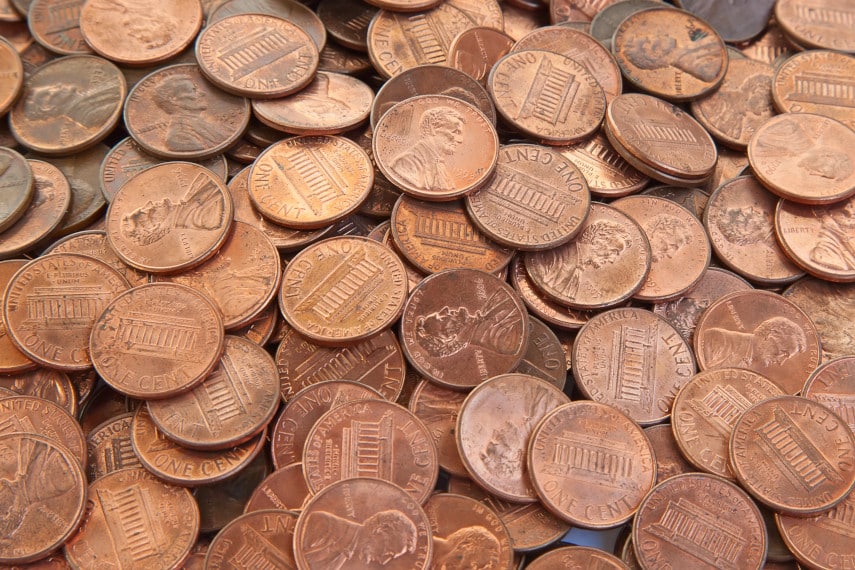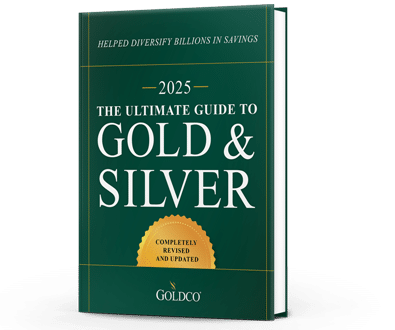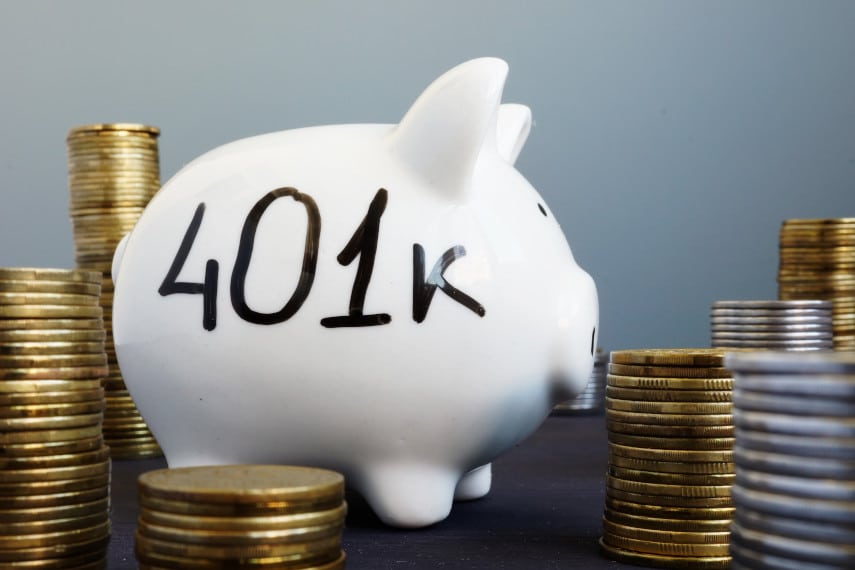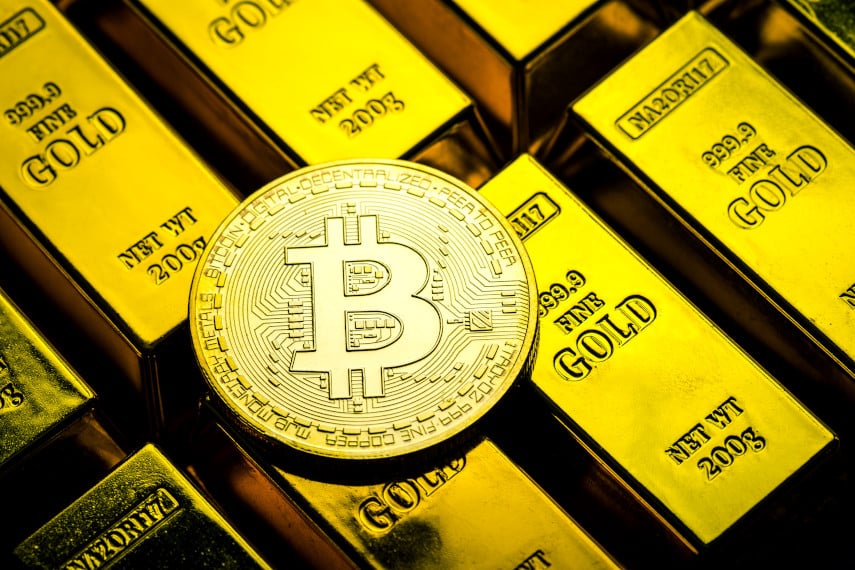
On Super Bowl Sunday, President Trump ordered the US Treasury to cease production of the penny. It’s a move that has been discussed for years, but has only now come to fruition.
In a way, it makes sense, because it costs nearly 4 cents to produce each penny, meaning that the US Mint loses money on every penny it produces. And with 3.2 billion pennies produced last year, that adds up to a lot of money.
Estimated savings are up to $100 million a year, a drop in the bucket when compared to the $36 trillion national debt. But every little bit of savings can help.
It’s still unclear how the penny’s demise will impact cash transactions. With 114 billion pennies in existence, they certainly won’t disappear anytime soon.
But will people care enough about exact change to dig out pennies from their coin jars and from underneath their sofa cushions? Will merchants round up or down for cash transactions so as to keep from having to use pennies?
No one knows yet how all of this will play out, and with cash only making up 16% of transactions today, the penny’s demise may end up being relatively muted. But while most people may not care enough to use pennies today, there are still some lessons we can learn from the penny’s disappearance.
Key Takeaways
- Pennies cost far more to produce than their face value
- The dollar (and penny) have lost 97% of their purchasing power since 1913
- Inflation has continued rising this year
The Penny’s Gradual Decline
At one point in time, pennies actually used to have some purchasing power. But according to the US government’s own inflation data, the US dollar has lost 97% of its purchasing power since 1913.
One dollar in 1913 had the same purchasing power as $32.42 in January 2025, which means that one penny had the same purchasing power as 32 cents today.
Put another way, three pennies in 1913 would have had nearly the same purchasing power as one dollar today.
Imagine going to the grocery store and being able to buy a candy bar with three pennies. Or being able to buy a gallon of gasoline at the gas station with ten pennies.
That helps illustrate just how much the dollar’s purchasing power has been decimated by inflation over the past century. And that’s why the penny, which once could actually buy something, is now going the way of the dodo.
Money and Inflation
In fact, if you look back at the history of the penny, this problem of inflation eroding the penny’s value is nothing new.
The penny in English history was a coin that contained between 1.3 and 1.5 grams of pure silver. And the related German pfennig contained anywhere from 1.3 to 2.0 grains of pure silver.
At today’s silver prices, that means that the medieval pennies would be worth about $1.34 to $1.75. So even from the Middle Ages to 1913, the penny was steadily losing its purchasing power, with the silver penny eventually becoming a copper or, today, a zinc coin.
This highlights how inflation slowly erodes the purchasing power of our money, until what previous generations used as money no longer holds any value. And inflation remains an issue with which we have to deal today.
The most recent inflation readings, the last of the Biden era, show that inflation is once again creeping upward.
The consumer price index (CPI) rose 0.5% month-on-month in January, and 3.0% year-on-year. Core CPI, that is, CPI minus food and energy, was at 3.3% year-on-year, with all of those numbers being higher than forecast.
The producer price index (PPI), meanwhile, has also crept higher, with an 0.4% month-on-month and 3.5% year-on-year increase. As with CPI, those PPI increases were also higher than expected.
While inflation rates aren’t as high as they were a few years ago, the fact that they’re still climbing is worrying. Inflation was one of the main economic issues fueling President Trump’s victory in November.
Can You Help Safeguard Yourself Against Inflation?
With inflation rising, more and more people are looking to help safeguard their financial well-being against inflation. For some that means trying to own assets that gain value at rates higher than inflation.
If you just hold cash, for instance, a 3% inflation rate means that your cash buys 3% less a year from now than it does today. And over time, that inflation rate compounds the loss of purchasing power.
At current yields, Treasury bills are offering interest rates that are around 4.35%. That’s slightly higher than inflation, but if inflation rates continue rising or if the Fed continues cutting interest rates, even those minor gains could evaporate.
Many people today have put their trust in gold to help safeguard their financial well-being against inflation. Gold has a long history as a safe haven asset and an inflation hedge.
During the 1970s, gold’s average annualized growth rate was over 30% per year over the course of the decade. Even with inflation that peaked at over 13%, gold’s growth far outpaced inflation.
With stagflation fears returning, could gold provide that same kind of performance over the next decade?
If you’d like to try to take advantage of potential growth in the gold price by buying gold, there are numerous ways to do so. One way is just to buy physical gold coins or gold bars.
But if you have assets in tax-advantaged retirement accounts such as a 401(k), 403(b), TSP, IRA, or similar account, you can use those assets to buy physical gold too. With a rollover of those assets into a gold IRA, you can use your existing retirement savings to purchase physical gold coins or gold bars.
Gold IRAs are subject to all the same rules and regulations as any other IRA account, and rollovers of assets into gold IRAs are often able to be done tax-free. So if you thought you had to take distributions and a tax hit from your retirement accounts to be able to buy gold, you don’t have to.
With over $3 billion in precious metals placements and over 6,000 5-star reviews from our customers, Goldco has helped thousands of Americans buy precious metals over the years. We work hard to provide our customers with quality precious metals products and outstanding customer service.
If you think gold could help safeguard your financial well-being, call Goldco today to talk to one of our representatives and learn more about the benefits of owning gold.






